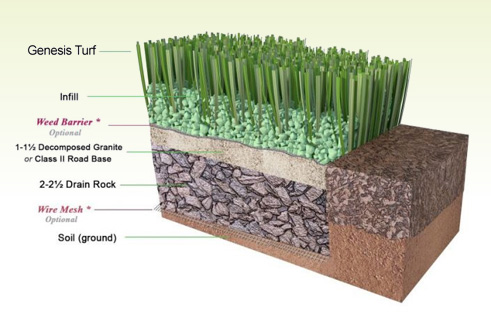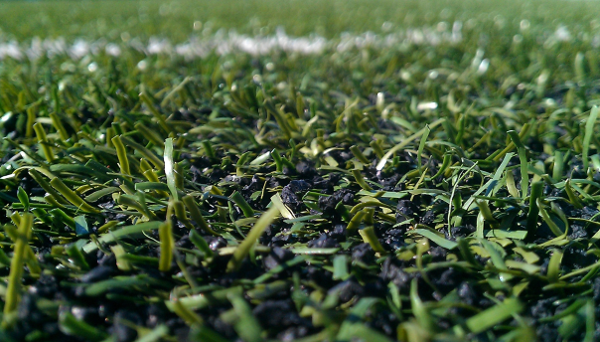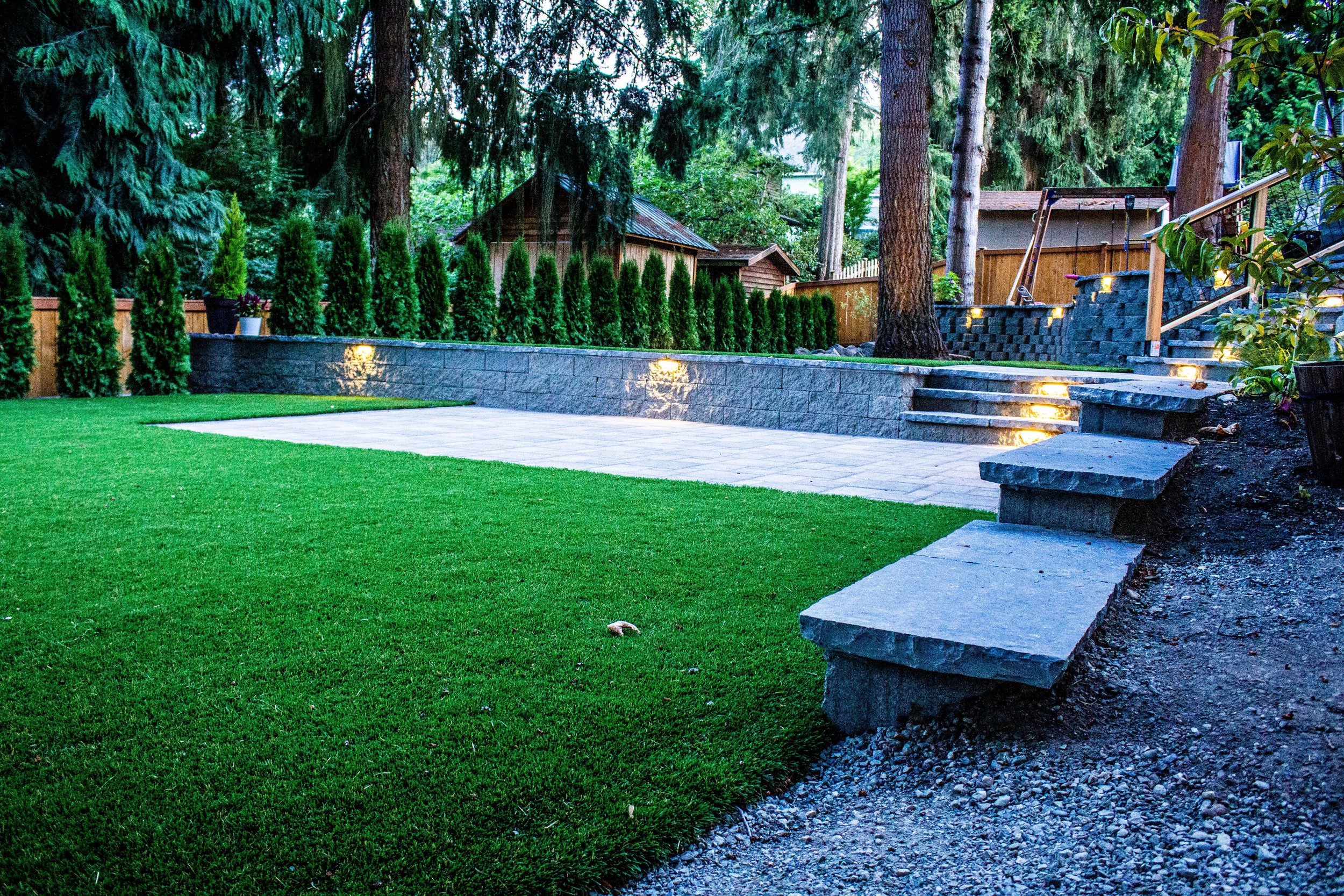Reputable Phoenix Turf Companies Providing Best Synthetic Grass Installation
Reputable Phoenix Turf Companies Providing Best Synthetic Grass Installation
Blog Article
Delve Into the Environmental Conveniences of Opting for Artificial Turf Solutions
The adoption of synthetic turf services provides an engaging opportunity to deal with pushing environmental challenges. By dramatically decreasing water use and lessening the application of unsafe chemicals, these alternatives not only promote lasting landscape design yet additionally safeguard local ecological communities.
Water Conservation Advantages
Among one of the most substantial benefits of fabricated grass is its ability to conserve water. Conventional turf lawns need considerable irrigation, specifically in locations prone to drought or water restrictions. In comparison, synthetic grass does not need watering, considerably decreasing the general need for water sources. This feature is particularly useful in deserts where water deficiency is a pushing issue.
By eliminating the requirement for normal watering, synthetic grass adds to sustainable landscape methods and helps minimize the environmental effect of too much water usage. The preservation of water expands to the reduction of runoff, which can lead to dirt disintegration and river pollution.
Furthermore, the installment of synthetic grass permits homeowners and towns to allocate water resources much more effectively, concentrating on vital usages such as alcohol consumption water and farming. The change in the direction of synthetic grass not only promotes accountable water use yet additionally straightens with wider ecological objectives intended at maintaining natural resources.
As neighborhoods progressively prioritize sustainability, the water preservation benefits of artificial turf offer a compelling situation for its adoption in industrial and household landscape design jobs.
Decreased Chemical Use
The change to synthetic grass substantially reduces the reliance on chemical treatments commonly utilized in natural grass upkeep. Typical lawn monitoring usually involves the application of plant foods, pesticides, and herbicides to advertise development and control parasites. These chemicals can pose threats to human wellness, local wild animals, and the atmosphere, contributing to dirt and water contamination.
In contrast, synthetic grass removes the requirement for these hazardous compounds. As soon as set up, it calls for minimal upkeep, primarily including regular cleaning and irregular infill replenishment. This reduction in chemical use not just benefits the instant atmosphere yet additionally adds to more comprehensive ecological stability. By lessening the launch of synthetic compounds right into the ecosystem, synthetic grass promotes healthier dirt and water systems.
Moreover, the lack of chemical overflow related to synthetic grass installments assists secure neighborhood rivers from air pollution, supporting water life and preserving biodiversity. Arizona artificial turf. As neighborhoods increasingly prioritize lasting techniques, going with synthetic grass offers a feasible service that aligns with ecological conservation goals. With this shift, homeowner can enjoy lavish environment-friendly rooms without endangering environmental health and wellness, leading the means for an extra sustainable future
Lower Carbon Impact

Moreover, the installment of synthetic grass can cause considerable water preservation. Natural grass need substantial amounts of water for watering, which not just contributes to the carbon footprint related to water removal and therapy however additionally strains local water sources. On the other hand, synthetic grass requires minimal maintenance, needing no watering, therefore dramatically lowering visit our website water use and its associated energy costs.
Furthermore, the longevity of synthetic grass adds to its lower carbon influence. With a life-span of approximately 15 years or even more, the demand for frequent replacements is diminished, resulting in much less waste and reduced energy usage in manufacturing and dealing with standard yard choices. On the whole, synthetic grass offers a lasting choice for ecologically aware landscape design.
Habitat Conservation
Environment preservation is an important consideration in the argument over landscape design options, particularly when comparing man-made grass to natural grass. Natural grass lawns commonly need considerable upkeep, consisting of the use of pesticides, fertilizers, and herbicides, which can detrimentally affect regional environments. These chemicals can seep into the dirt and waterways, damaging native flora and animals and interrupting local environments.
Synthetic grass eliminates the requirement for unsafe chemicals, thereby safeguarding close-by wild animals and preserving the honesty of bordering ecosystems. The setup of synthetic grass can lead to the conversion of former turf locations into more biodiverse landscapes, such as pollinator gardens or indigenous plant locations, which can sustain regional wildlife.
Eventually, the shift to fabricated lawn not just saves water and decreases upkeep efforts however also fosters an extra harmonious connection in between human activities and the natural surroundings, promoting habitat conservation while doing so.
Long-Term Sustainability
Lasting sustainability is a vital aspect in reviewing the benefits of synthetic grass over typical yard yards. One of one of the most substantial benefits of artificial lawn is its longevity; it can last approximately 15-20 years with very little upkeep, whereas all-natural grass calls for regular reseeding and substitute. This durability decreases the need for constant sources, such as water, fertilizers, and pesticides, which are important for preserving a healthy and balanced turf lawn.
Additionally, artificial grass contributes to a reduction in carbon discharges associated with grass care devices. Standard yards often need gas-powered lawn mowers, trimmers, and blowers, all of which add to air contamination. Artificial turf companies phoenix. On the other hand, synthetic grass gets rid of the requirement for such devices, promoting a cleaner setting
Additionally, the manufacturing of artificial see this here grass progressively utilizes recycled materials, enhancing its sustainability account. As manufacturers embrace eco-friendly practices, the ecological impact of synthetic grass remains to reduce.

Conclusion
The adoption of synthetic lawn remedies offers significant ecological benefits, consisting of significant water preservation, lowered reliance on dangerous chemicals, and a reduced carbon footprint. Furthermore, fabricated grass help in protecting natural environments by lessening land disruption and promoting lasting sustainability via making use of long lasting products. Jointly, these aspects highlight the possibility of man-made grass to contribute favorably to ecological health and wellness and provide a practical alternative to typical landscape design practices in a significantly resource-conscious world.
In contrast, fabricated lawn does not need watering, considerably reducing the total demand for water resources. By decreasing the release of artificial compounds right into the ecological community, man-made turf promotes much healthier soil and water systems.
In addition, the setup of artificial grass can result in substantial water conservation. In contrast, fabricated grass requires minimal upkeep, needing no watering, thereby dramatically decreasing water use and its connected energy costs.

Report this page